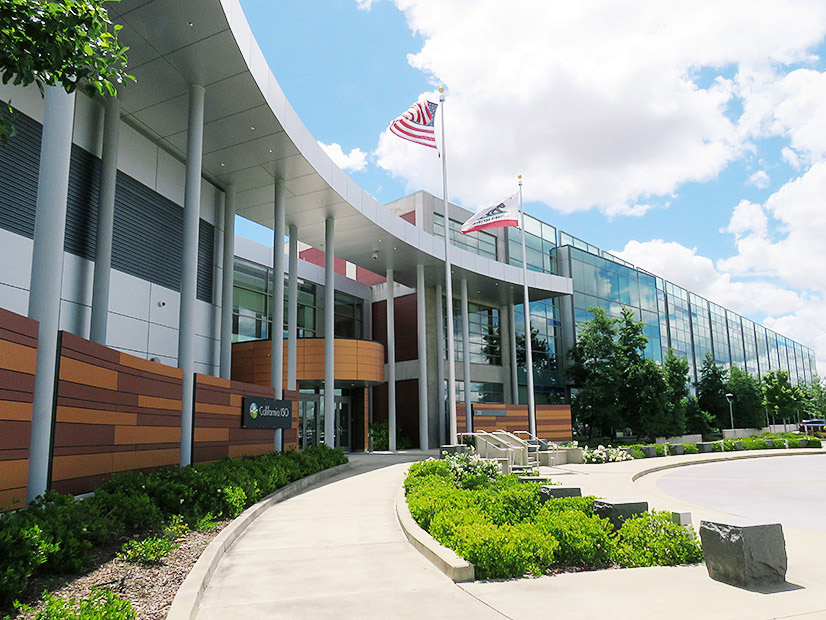
CAISO on Oct. 7 described to stakeholders how it will apply the Extended Day-Ahead Market (EDAM) transmission revenue recovery mechanism to its own balancing authority area.
The mechanism, referred to as the EDAM access charge, will allow transmission owners (TOs) to recover transmission revenue shortfalls attributed to transitioning their assets into the day-ahead market.
The access charge was the only provision of CAISO’s initial EDAM tariff proposal that FERC rejected last December, finding the ISO failed to justify the reasons behind the three components constituting the charge. CAISO revised the plan and it was accepted by the commission in June. (See FERC Approves EDAM Tx Revenue Recovery Plan.)
During the Oct. 7 meeting, CAISO staff gave an overview of how the access charge could be applied within the ISO through an explanation of the plan’s three components for calculating and recovering lost revenue after launch of the EDAM.
The first component allows TOs to recover historical transmission revenues associated with wheeling access charge (WAC) revenues.
“When an EDAM entity joins the EDAM, the intertie point becomes a transfer point between the ISO and that EDAM entity, and there may be an impact on wheeling access charge [WAC] revenues that were historically recovered across that intertie,” Milos Bosanac, CAISO regional markets sector manager, said at the meeting. “This component 1 allows for the recovery of those historical WAC revenues at that particular intertie to the extent that there’s an impact.”
The WAC revenues eligible for recovery under the mechanism will be based on a three-year average of revenues prior to that transfer point becoming an EDAM point, Bosanac explained. The draft tariff revision states that each TO will be responsible for calculating the first component.
Heather Curlee, senior counsel at CAISO, dove into the draft tariff language to implement the access charge in the ISO and provided additional details on the plan’s components.
The second component seeks to compensate TOs for costs “associated with forgone transmission sales on eligible existing contracts or [transmission] upgrades” that potentially increase the transfer capability between EDAM areas. Recovery of those costs would again require analyzing the three-year historical average of recovered revenues on a particular EDAM transfer point and comparing it to the overall ratio of the total transmission revenue requirement within the BA.
According to the tariff, a participating TO with existing contracts will calculate the second component, to include revenue shortfalls associated with the release of transmission capacity resulting from expiring existing rights not included in the first component.
The third component centers on compensating CAISO TOs for EDAM wheel-through transfers that provide benefits for other parts of the market footprint.
The draft tariff revisions say that in periods when the total volume of EDAM wheel-through transactions exceeds the total net transfers of the CAISO BA, the ISO will calculate by multiplying its share of the excess volume based on its individual share of transmission revenue requirements in relation to total transmission revenue requirements for the CAISO BA.
CAISO will distribute to gross load in the ISO BA each EDAM access charge allocated to its BA, according to the proposed tariff revision.
The ISO plans to file the draft tariff language with FERC in November.


